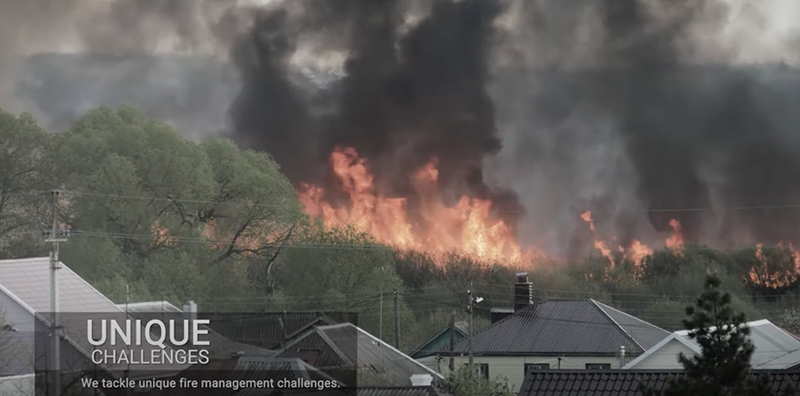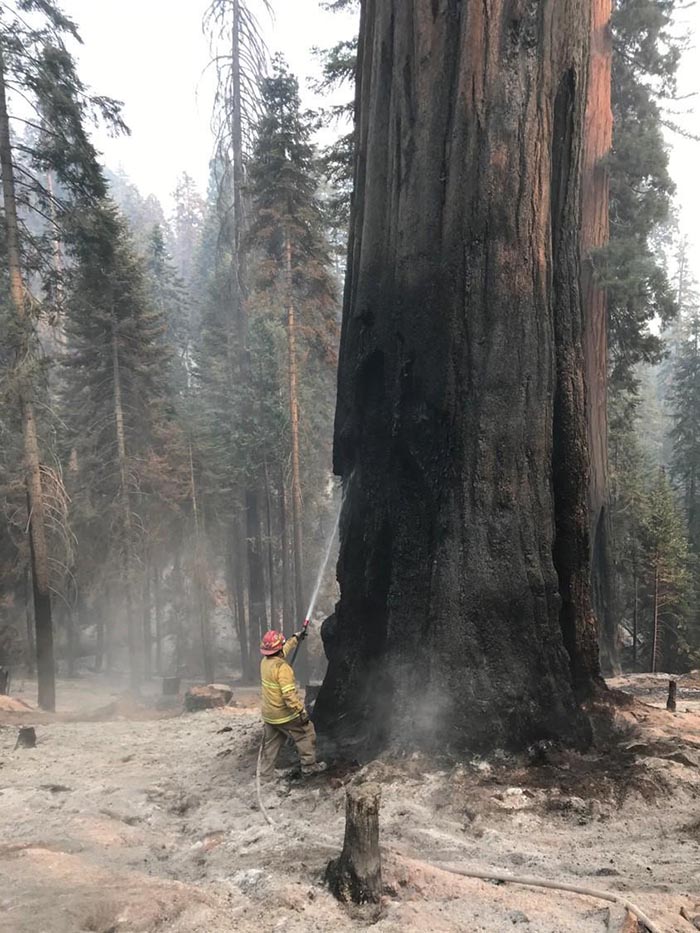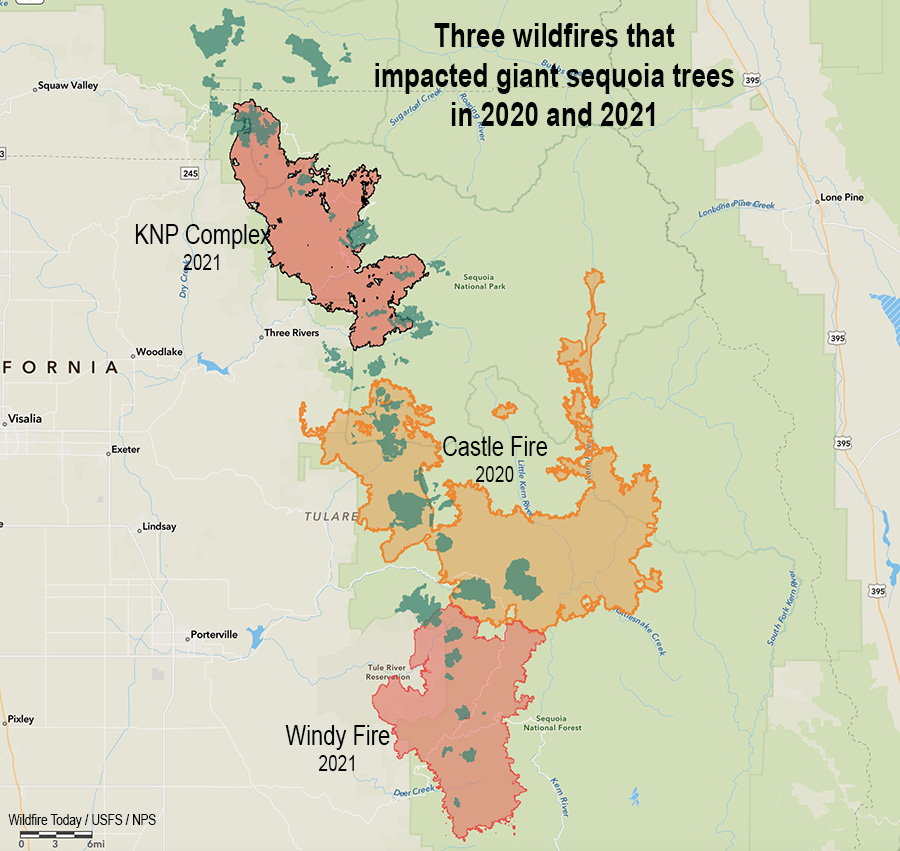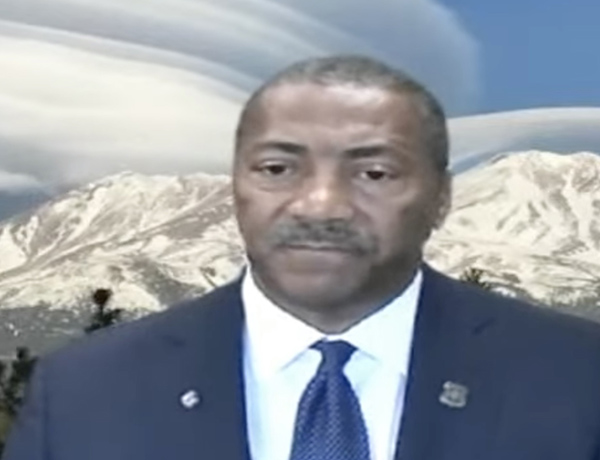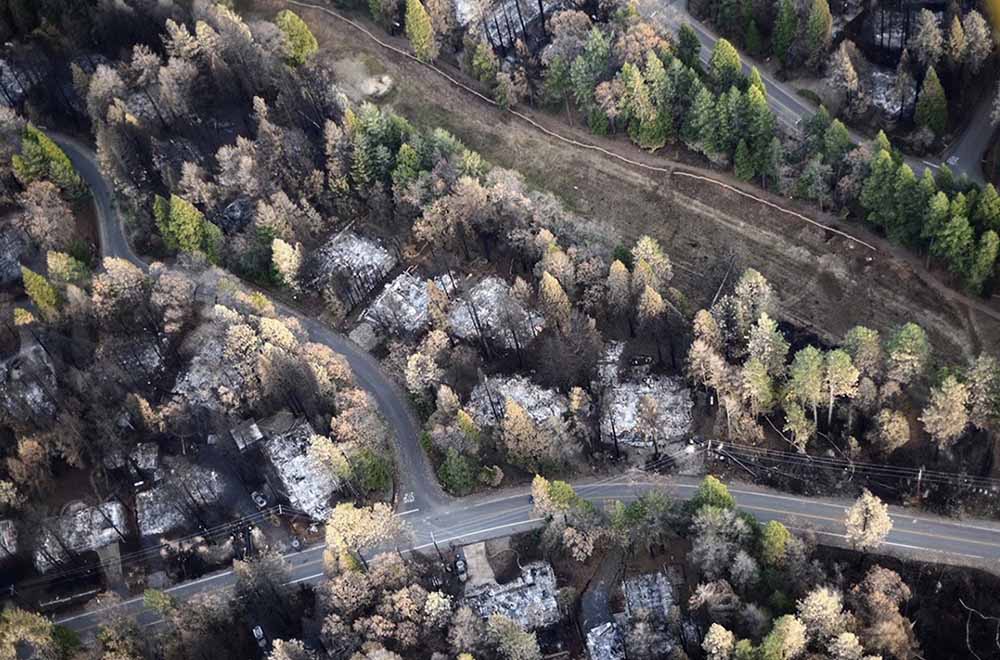3:53 p.m. MDT Oct. 19, 2021

Today federal legislation was announced that would benefit wildland firefighters in several ways. The Tim Hart Wildland Firefighter Classification and Pay Parity Act. (Update Oct. 26, 2021. The bill now has a number: H.R.5631 – Tim Hart Wildland Firefighter Classification and Pay Parity Act.)
The bill would increase their take home pay by raising firefighters’ salaries and would provide other benefits:
- Raise federal wildland firefighter pay to at least $20 an hour, and add “portal-to-portal” compensation;
- Create a federal wildland firefighter classification series, so wildland firefighters are appropriately classified for the dangerous work they are doing;
- Provide health care and mental health services to temporary and permanent wildland firefighters, including:
- creating a national “Federal Wildland Firefighter Cancer and Cardiovascular Disease Database” to track chronic disease caused by on the job environmental exposure throughout the lives of current and past wildland firefighters, and
- launching a mental health awareness campaign, a mental health education and training program and an extensive peer to peer mental health support network for wildland firefighters and immediate family.
- Ensure all federal wildland firefighters earn retirement benefits for temporary seasonal employment, retroactively applying to
the last 10 yearsof service (this has been corrected, and applies to service since 1989; - Provide 1 week of mental health leave for wildland firefighters;
- Provide housing stipends for all firefighters on duty more than 50 miles from their primary residence; and
- Provide tuition assistance for all permanent federal employees in the wildland firefighter classification.
The bill would affect the approximately 15,000 firefighters that work for the National Park Service, Bureau of Land Management, Bureau of Indian Affairs, Fish and Wildlife Service, and Forest Service. Their salaries are far below that found in some county, state, and municipal fire departments which has resulted in an exodus of trained and experienced fire personnel to other organizations, and makes recruitment of their replacements difficult.
Currently, wildland firefighters are primarily classified as “forestry technicians,” paid an hourly wage of $13.45 at the starting GS-3 level, and are often can’t afford the costs of housing while on the job. According to recent studies, firefighters nationwide commit suicide 30 times as often as the general public and have a 30% increased risk for cardiovascular diseases, and 43% increase for lung cancer.
The proposed legislation was announced during a virtual press conference Tuesday. Speakers in support included Rep. Joe Neguse (CO) and co-sponsor Rep. Salud Carbajal (CA). Other co-sponsors include Rep. Katie Porter (CA) and Rep. Liz Cheney (WY). Mr. Neguse is Co-Chair of the Bipartisan Wildfire Caucus.
The bill is named after Tim Hart, a smokejumper who died May 24, 2021 after a hard landing while parachuting into the Eicks Fire in New Mexico. Mr. Hart’s widow, Michelle Hart, was one of the speakers at the virtual press conference, expressing her support of the legislation.
“Tim would be humbled and honored to have this legislation be a part of his legacy,” she said. “These issues were deeply important and personal to him. Wildland firefighters deserve to be recognized and compensated for the grueling conditions in which they work and for putting their lives on the line every day. This legislation is a major step forward in achieving that goal.”
The legislation has not yet been introduced, and after that step it has to make it through several committees before it can be voted on in the full House of Representatives. One of those committees, the National Parks, Forests, and Public Lands subcommittee, is chaired by Mr. Neguse who said he will arrange for a hearing on the bill.
Mr. Neguse said he was reasonably certain that a companion Senate bill will be introduced in the coming weeks.
The bill is endorsed by Grassroots Wildland Firefighters, International Association of Firefighters, U.S. Hotshots Association, National Smokejumper Association, Wildland Firefighter Foundation, Eric Marsh Foundation, National Federation of Federal Employees, and Team Rubicon.
The Grassroots Wildland Firefighters, one of the organizations that provided input as the legislation was being formulated, issued a statement on the legislation:
“We urge all members of congress to support Tim’s Act, if you represent a district impacted by wildfire or any type of natural disaster, please understand how these needed fixes impact the well-being of the men and women responding to those incidents.” said Luke Mayfield, GWF Vice President, adding that, “simultaneously Grassroots Wildland Firefighters will work to keep firefighters and their families briefed on how the bill would impact their lives.”

